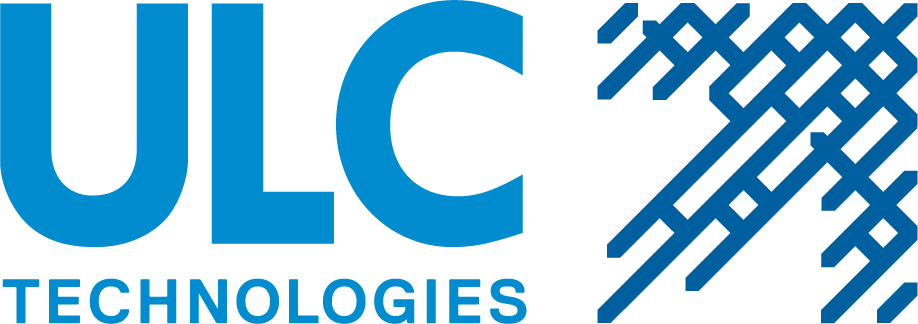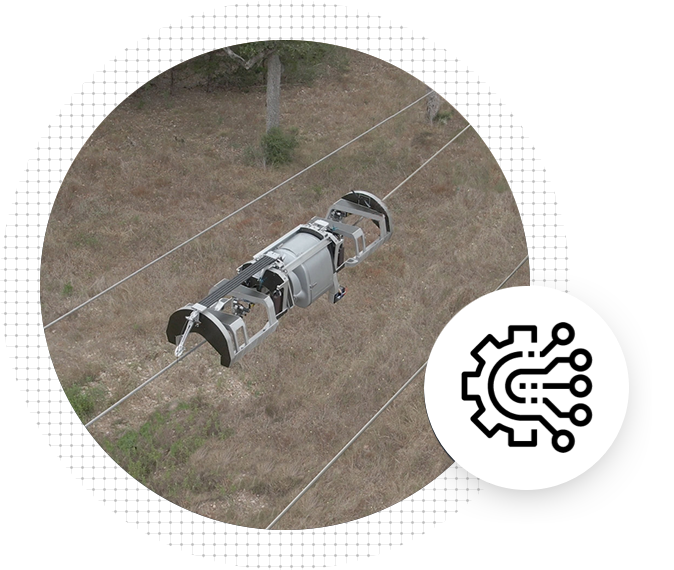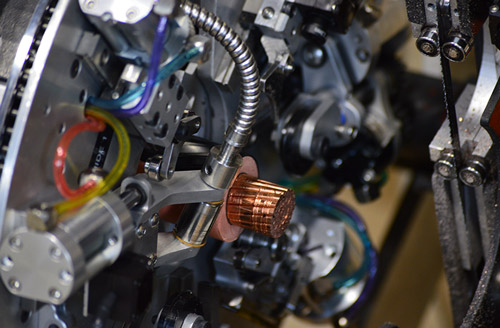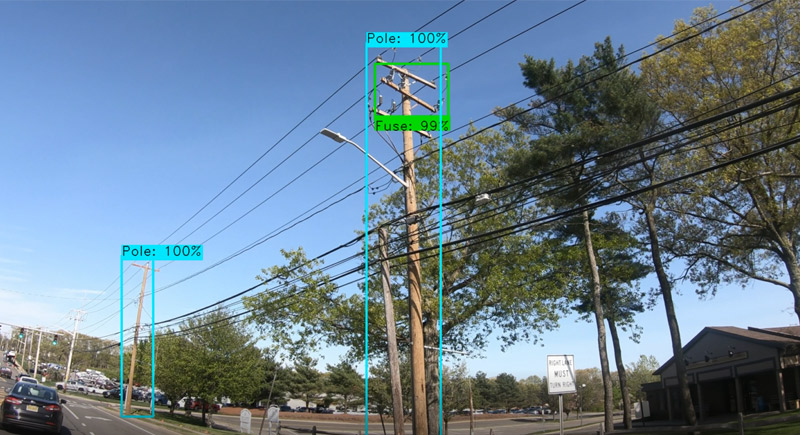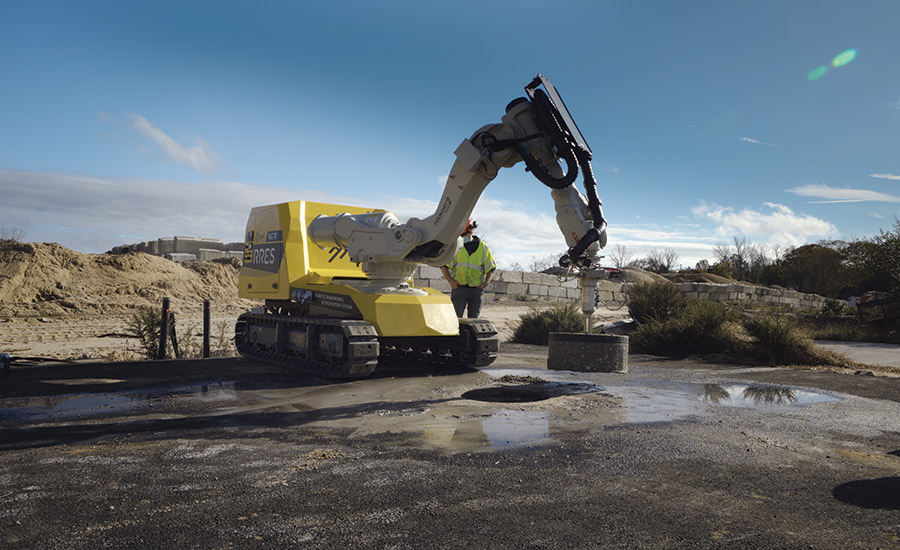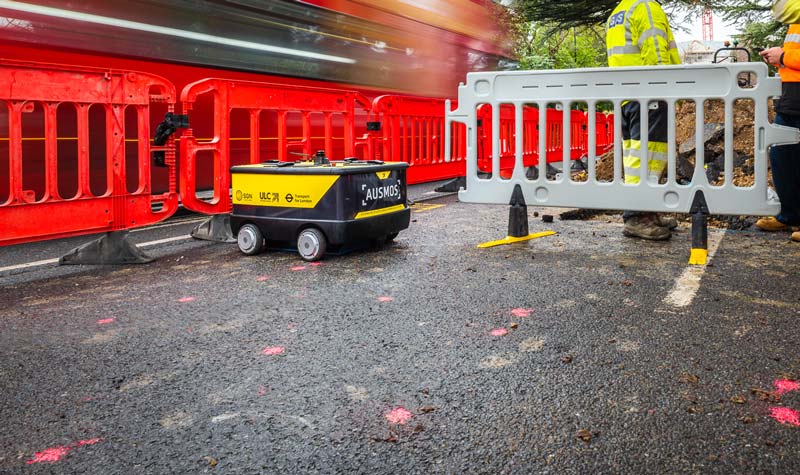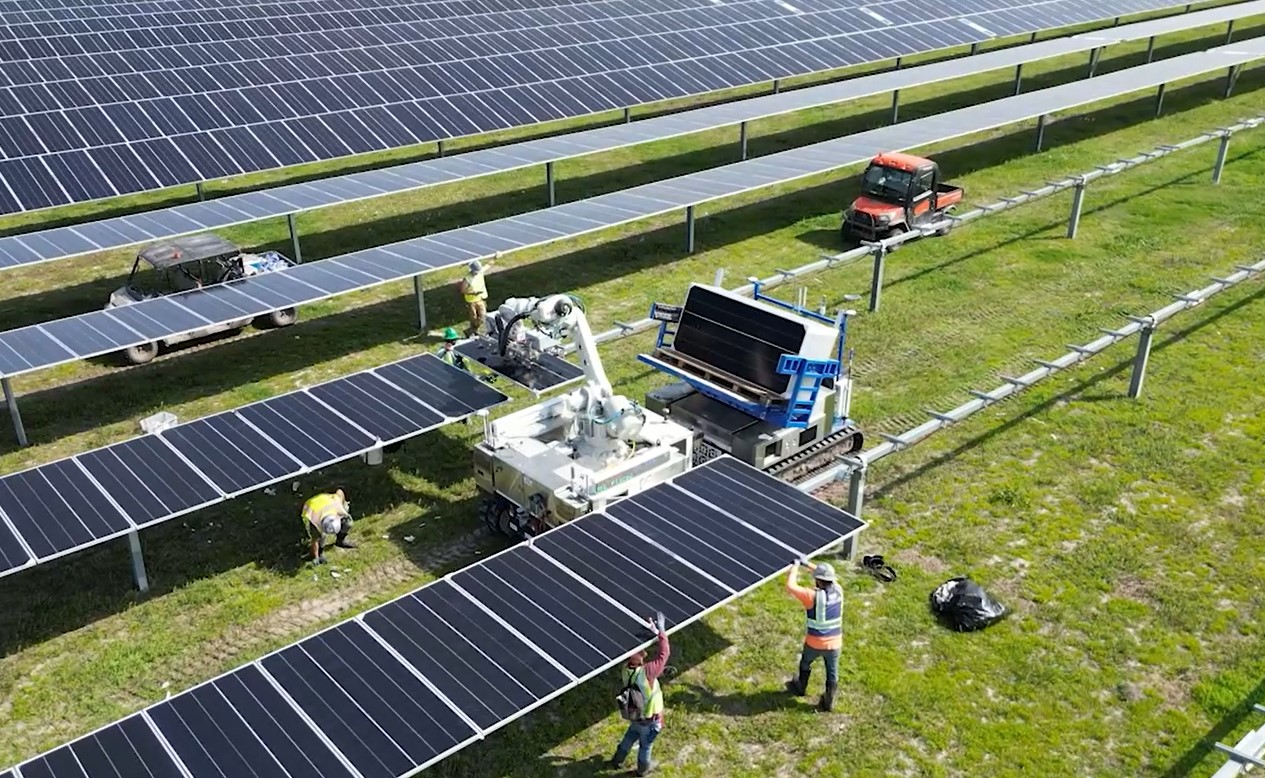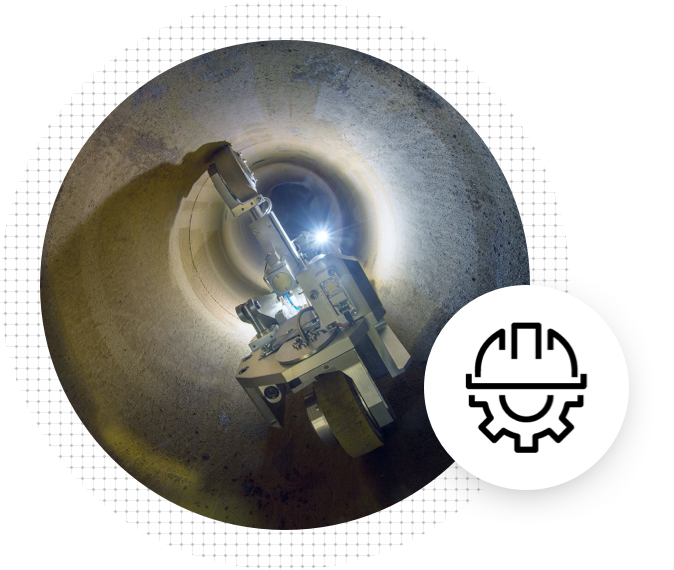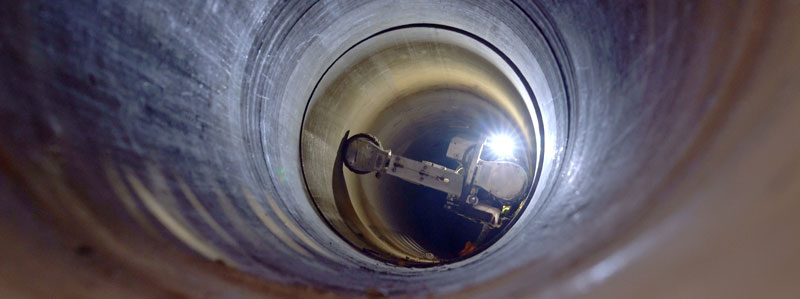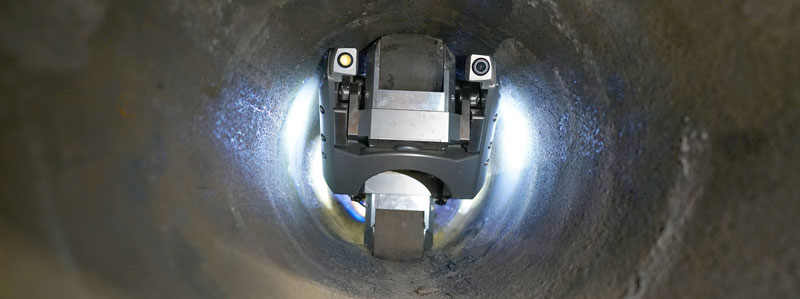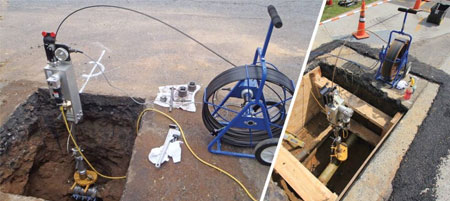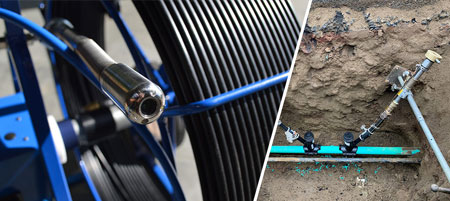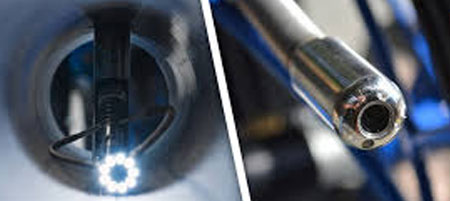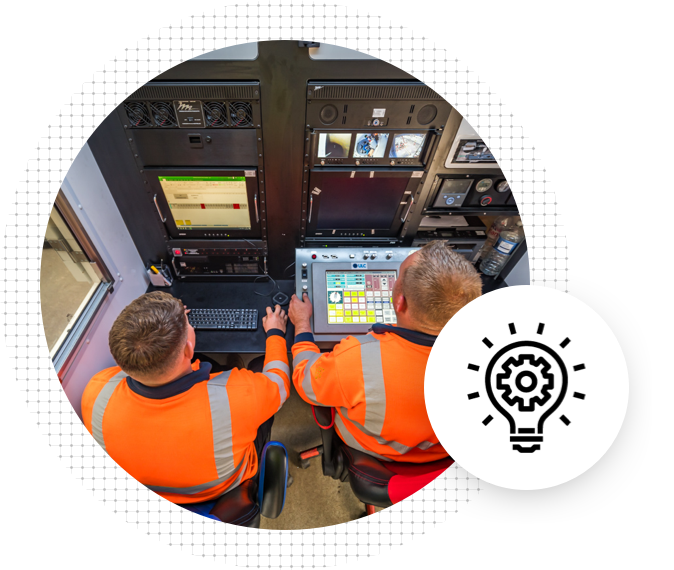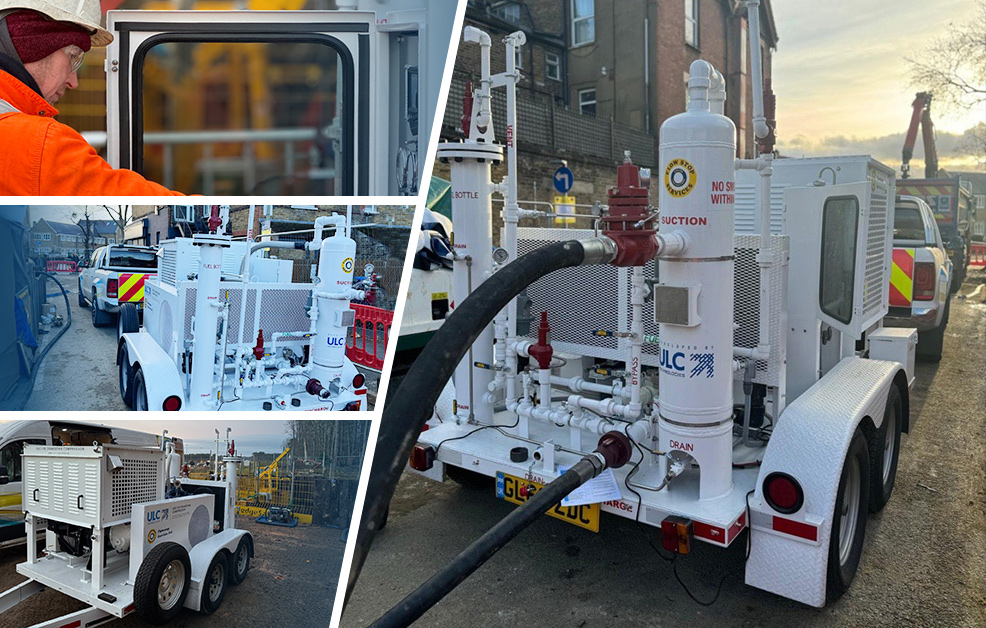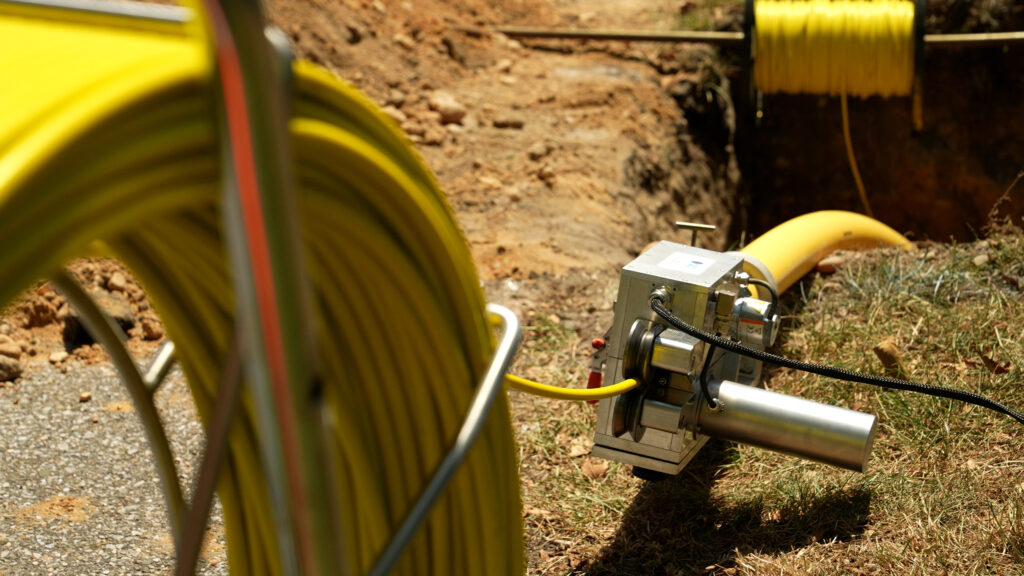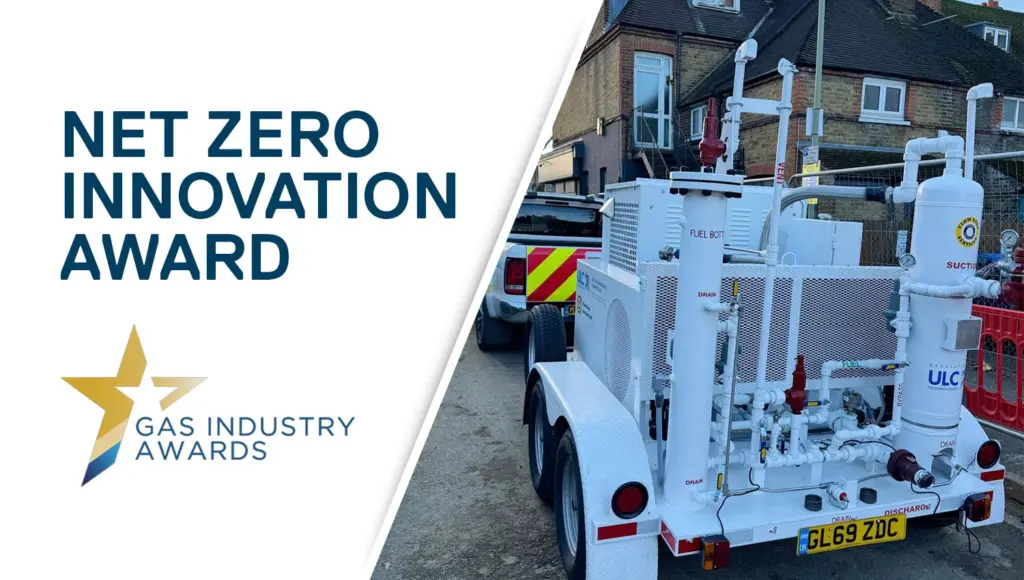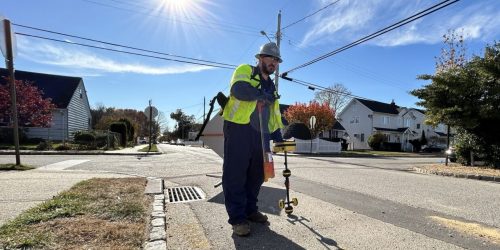Underground utility work is fraught with inherent risks and recent data underscores a concerning trend: Excavation-related damages are on the rise, leading to significant safety hazards and economic repercussions.
This is where vacuum excavation (VacEx) comes into play. While widely embraced in the UK, vacuum excavation is gradually gaining traction in the US — and for good reason. It can be a safer alternative to other types of excavations in the right conditions, with new technologies, like AirPulse™, making it even safer.
In this post, we’ll explore vacuum excavation, its benefits, and whether or not it makes sense for your particular projects. First, a quick primer.
What Is Vacuum Excavation?
Vacuum excavation is a non-destructive digging method that uses air or water to break up soil, which is then vacuumed into a debris tank for safe disposal. This technique is particularly useful for exposing underground utilities like gas lines, water pipes, and electrical cables without damaging them.
There are two main types of vacuum excavation:
- Air Vacuum Excavation: Uses compressed air to loosen the soil
- Hydro Excavation: Employs high-pressure water jets to break apart the soil
Both methods are safer and more precise than traditional excavation techniques, making them an excellent choice for certain projects.
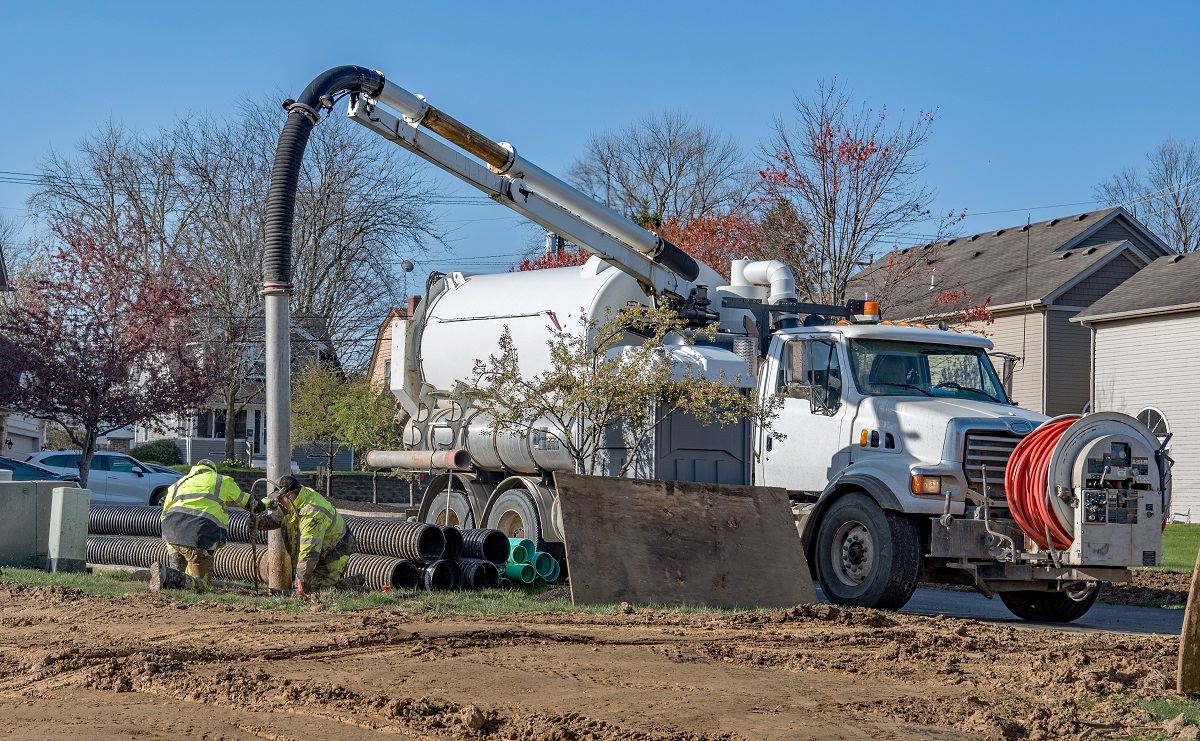
Benefits of Vacuum Excavation
VacEx has a lot of clear benefits, from safety and efficiency to reduced risk and cost. Here are some of the benefits of opting for vacuum excavation over traditional digging.
1. Minimized Risk of Damage to Underground Infrastructure
Traditional digging methods, whether with backhoes or shovels, come with a high risk of damaging underground utilities. Accidental strikes can lead to costly repairs, service interruptions, and even safety hazards like gas leaks or electrical shocks.
Vacuum excavation, in contrast, offers a gentler approach. By carefully removing soil around utilities without direct contact, VacEx minimizes the risk of damage to infrastructure, ensuring projects proceed smoothly.
2. Improved Worker Safety
Excavation sites can be hazardous environments, particularly when working near live utilities. Vacuum excavation significantly reduces risks because:
- The need for manual digging near live lines is eliminated
- The risk of cave-ins, a common concern with trenching, is drastically reduced
- Damage to surrounding infrastructure is greatly reduced
The ULC Technologies’ AirPulse attachment takes safety even further. Integrating multiple supersonic air nozzles, like that of an air lance, directly into the vacuum tool allows one operator to handle the entire process from a safe distance, reducing the need for additional workers near potentially dangerous excavation points.
3. Precision Digging
Vacuum excavation excels in scenarios that require extreme accuracy. Whether you’re exposing utility lines for repairs or locating underground assets for mapping, vacuum excavation allows you to dig only where necessary, avoiding unnecessary disruption to surrounding areas.
This precision is particularly valuable in urban environments or areas with dense utility networks, where traditional excavation could inadvertently damage neighboring infrastructure.
4. Reduced Environmental Impact
Traditional excavation can cause significant disruption to the surrounding environment, leaving behind large piles of soil, debris, and damage to vegetation.
Vacuum excavation, on the other hand, is far more eco-friendly:
- Smaller Footprint: The localized excavation area minimizes surface damage.
- Efficient Soil Management: The displaced soil is neatly collected and stored in a vacuum truck for safe disposal or reuse.
- Lower Noise Levels: Vacuum excavation equipment is generally quieter than heavy machinery, reducing noise pollution, especially in residential or urban areas.
5. Cost Efficiency
While the initial investment in vacuum excavation equipment might seem higher than renting a backhoe, the cost savings become apparent in the long run:
- Fewer Repairs: Avoiding damage to utilities eliminates repair costs.
- Reduced Labor: Vacuum excavation can often be performed by fewer workers compared to traditional methods. With innovations like the AirPulse, one operator can manage the entire process, cutting labor costs significantly.
- Faster Completion: Precision and efficiency reduce the overall project timeline, saving money on extended labor hours.
6. Versatility Across Applications
VacEx is suitable for a wide range of applications, including:
- Utility location and mapping
- Potholing (small, precise excavations to verify utility location)
- Trenching for underground installations
- Debris and waste removal
- Cleaning valve boxes and catch basins
Its adaptability makes it a preferred choice for projects across industries like construction, utilities, and telecommunications.
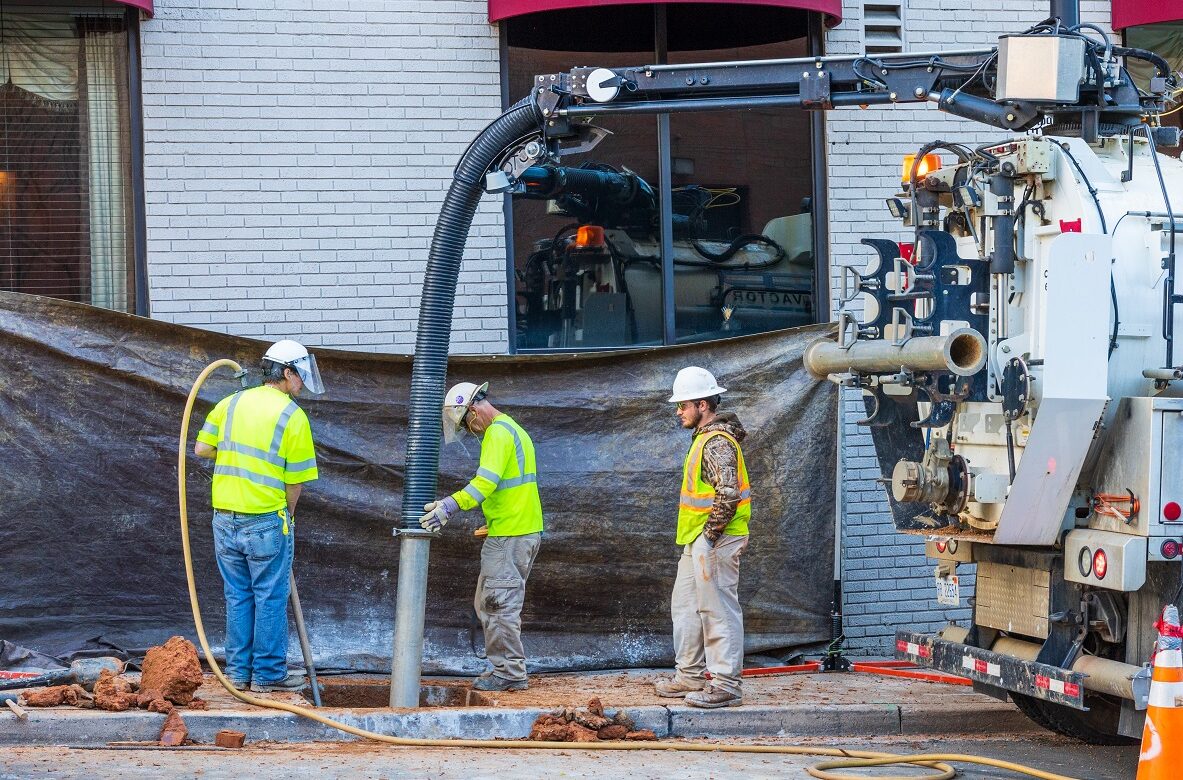
When Vacuum Excavation Might Not Be Ideal
While vacuum excavation offers many advantages, it’s not always the best solution. Certain conditions may limit its effectiveness:
- Rocky or Clay Soil: Extremely dense or rocky soil can be challenging to break apart using air or water, reducing the efficiency of vacuum excavation.
- High-volume Excavations: For large-scale digging projects requiring significant soil removal, traditional methods may be more efficient.
In these scenarios, a hybrid approach — combining vacuum excavation for precision work and traditional methods for bulk digging — is often a great option.
Is Vacuum Excavation Right for You?
If your project involves sensitive underground utilities, limited workspace, or the need for precision digging, vacuum excavation may be the ideal option. It provides a safer, cleaner, and more efficient alternative to traditional methods, reducing the risk of damage and minimizing disruption to the surrounding environment.
Vacuum excavation continues to gain traction in the US — and for good reason. For industries like utilities, construction, and telecommunications, vacuum excavation is an approach that aligns with modern demands for safety, sustainability, and efficiency.
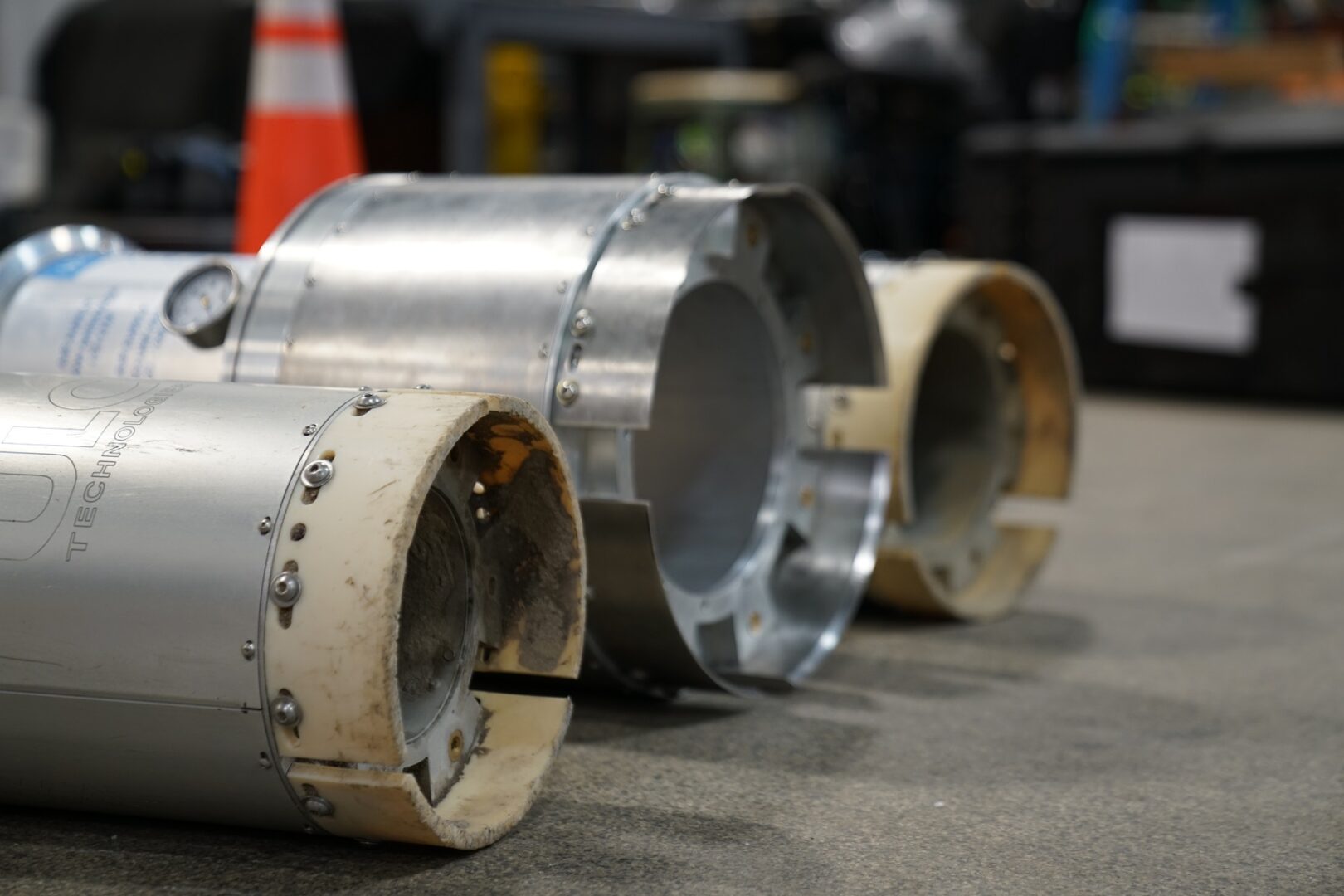
What’s Next for Vacuum Excavation?
Like most industries and operations, advancements in technology will allow processes to be carried out more efficiently, safer, and more cost-effective. ULC Technologies has taken the first step in streamlining VacEx operations with an innovative approach to the vacuum hose itself, AirPulse. By integrating supersonic air nozzles directly into a durable tool head that attaches to the vacuum hose via direct-flange connection, there’s no need for an air lance operator on-site, making projects safer and more efficient. To learn more about this technology, contact us or read more on our AirPulse product page.

